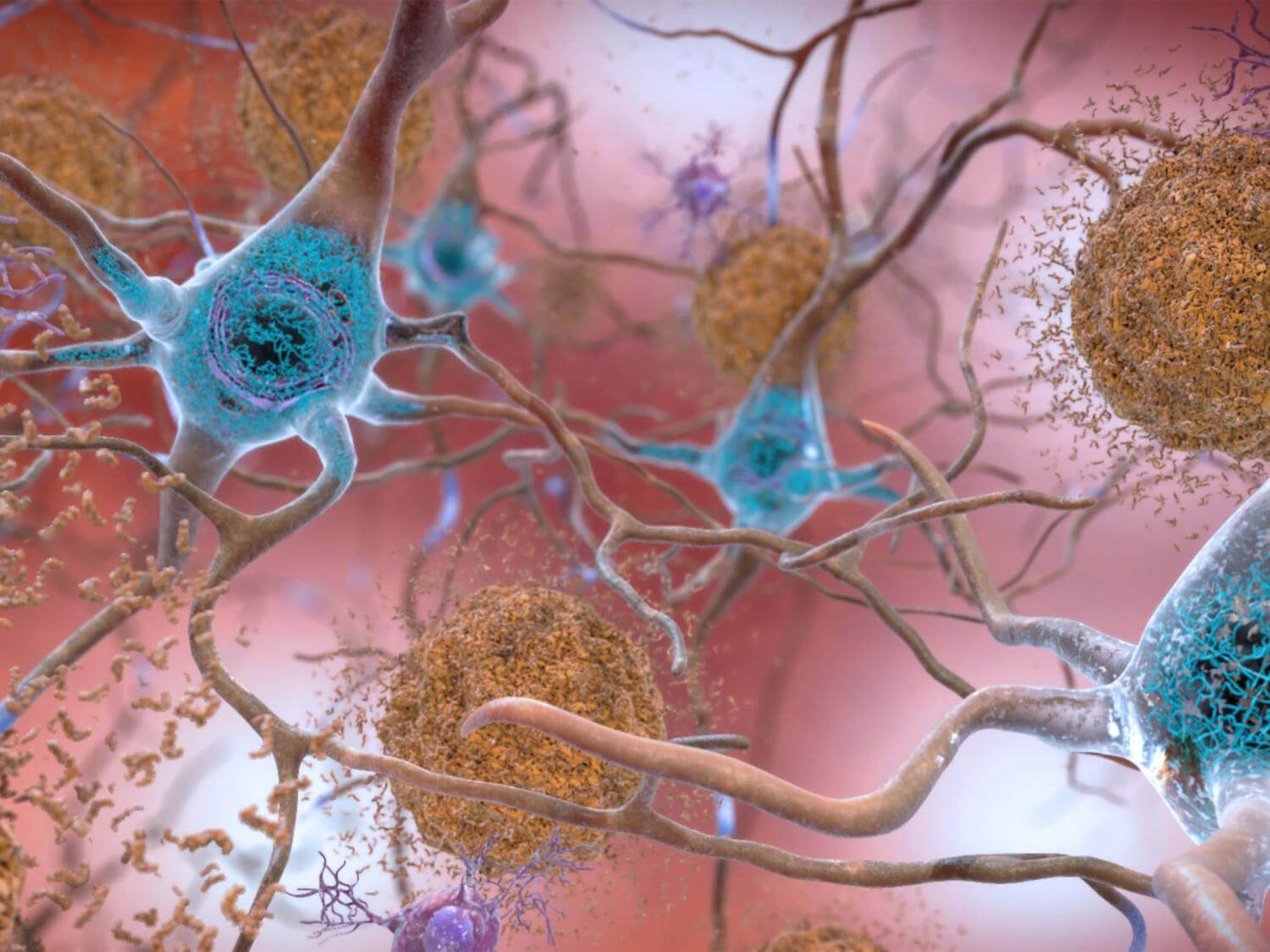
(© Ivelin Radkov - stock.adobe.com)
BOSTON — Alzheimer's disease (AD) has long-standing connection to the abnormal buildup of amyloid beta proteins in the brain. Now, groundbreaking new research is describing the structure of a special type of amyloid beta plaque protein linked with Alzheimer’s disease progression for the first time ever. Study authors have confirmed that small aggregates of the amyloid beta protein are capable of floating through brain fluid, reaching various brain regions, and disrupting the functioning of local neurons. However, this study also provides compelling evidence that an FDA-approved Alzheimer's drug could neutralize these free-floating threats.
In January 2023, the U.S. Food and Drug Administration approved lecanemab, an antibody therapy for the treatment of Alzheimer's. During a phase III clinical trial, lecanemab showed the ability to slow cognitive decline in patients with early AD.
“The paper is timely because, for the first time in human history, we have an agent that can actually treat people with Alzheimer's in a way that could slow their cognitive decline,” says Dennis Selkoe, the paper’s corresponding author from Brigham and Women’s Hospital, in a media release. “And we've never been able to say those words until the last few months.”
Alzheimer's is the most common form of dementia, affecting over 50 million people on a global scale. While there is currently no known cure for the disease, researchers continue to work on developing effective ways of reducing associated symptoms such as memory loss.
Scientists theorize the new drug’s positive effect may be the result of its ability to bind and neutralize soluble amyloid beta protein aggregates, also called protofibrils or oligomers. These are tiny, freely floating clumps of the amyloid beta protein. These small clumps form in the brain prior to aggregating further into larger amyloid plaques. Small aggregates can also break off and diffuse away from amyloid plaques that are already present.
“But nobody’s really been able to define with any structural rigor what is a ‘protofibril’ or ‘oligomer’ that lecanemab binds to,” explains first author Andrew Stern, a neurologist at the Brigham and Women’s Hospital. “Our work identifies that structure after isolating it from the human brain. That’s important because patients and drug developers will want to know what exactly lecanemab binds to. Could that reveal something special about how it works?”
You might also be interested in:
- What is Leqembi? Here's why the FDA just approved this drug as an Alzheimer's treatment
- Alzheimer's ‘hallmark' may have nothing to do with disease after all, stunning study explains

Researchers were able to successfully isolate the free-floating amyloid beta aggregates by soaking postmortem brain tissues from typical AD patients in saline solutions, and then turning them at high speeds. These tiny aggregates of amyloid beta protein can make their way into important brain structures such as the hippocampus, known to play a major role in memory. Next, in collaboration with colleagues from the Laboratory for Molecular Biology in Cambridge, United Kingdom, study authors charted the atomic structure of these tiny aggregates, even down to their individual atoms.
“If you don’t know your enemies, it’s hard to defeat them,” Selkoe continues. “It was a very nice coincidence that all this work we were doing came right alongside the time that lecanemab became widely known and available. This research brings together the identity of the bad guy and something that can neutralize the bad guy.”
Moving forward, researchers are hoping to observe these tiny amyloid beta aggregates travel through living animal brains and analyze how the immune system responds to such toxic substances. Recent research indicates the mind's immune system reaction to amyloid beta is a key component of AD.
“If we can figure out exactly how these tiny, diffusible fibrils exert toxicity, then maybe the next AD drugs can be better,” Stern concludes.
The study is published in the journal Neuron.










